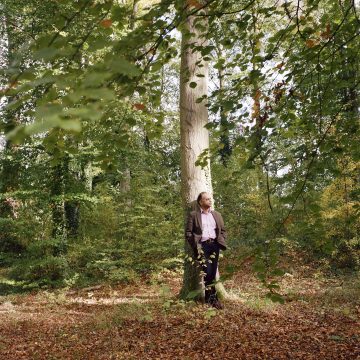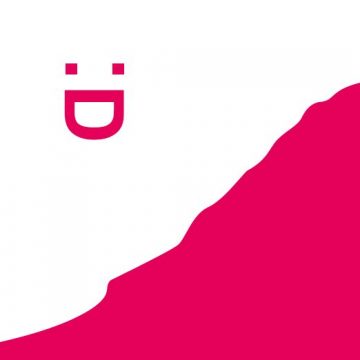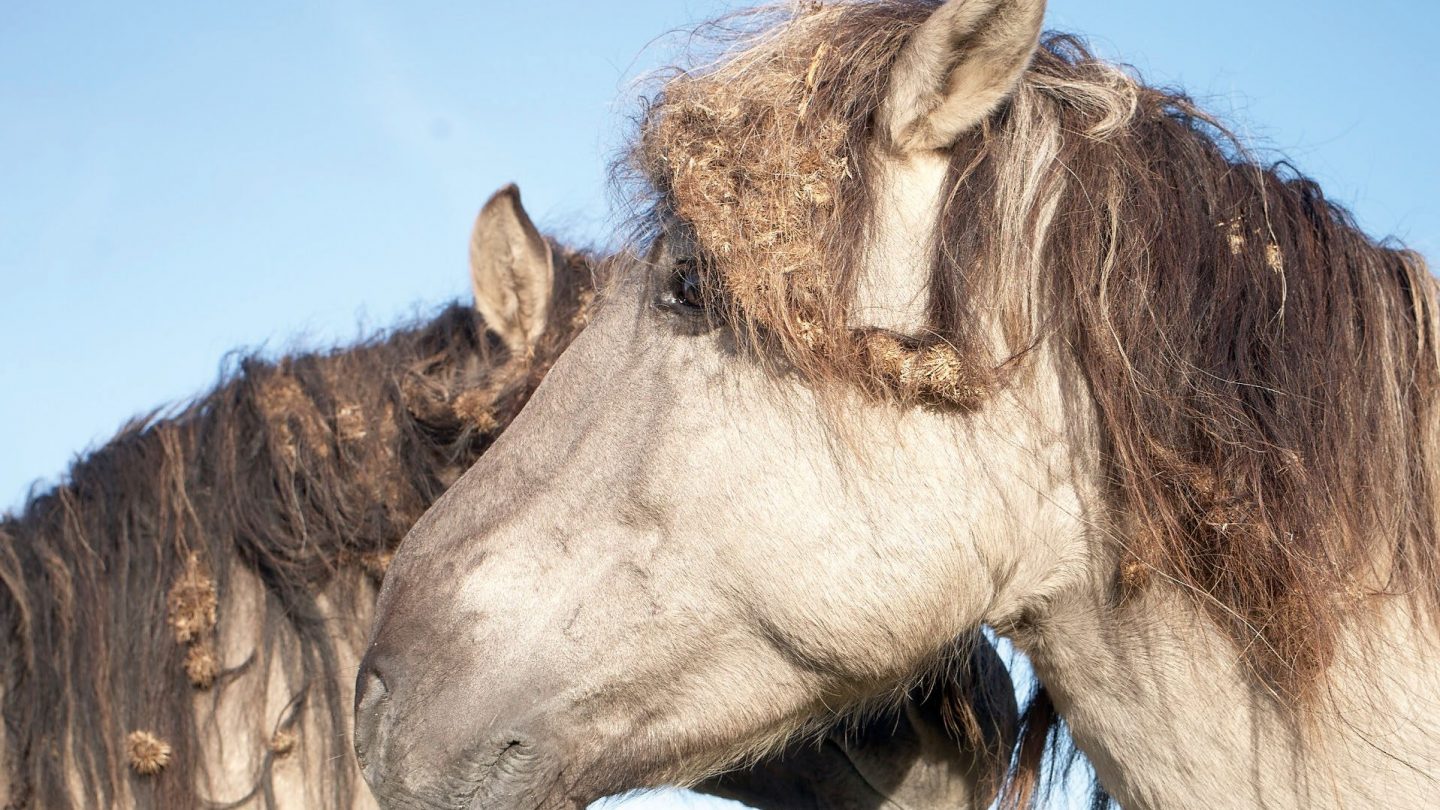
Home repair
Landscape regeneration is a key part of the climate change puzzle. Damage has been done, but it’s not too late. Now, we need to do more than conserve – we need to restore.
Over the next 20 years, we humans are going to have to think seriously about how we can repair our home – the Earth. Restoring habitats that have been lost. Supporting and resurrecting biodiversity. Extracting less. Planting more. And the starting point for it all is landscape regeneration.
We need to go beyond thinking of restoration as just planting trees and protecting forests. Grasslands and wetlands are equally important
“It is painfully obvious that over decades the approach to conservation in Europe and the UK has been inadequate,” says Dr David Thomas, Programme Director of the Endangered Landscapes Programme at the Cambridge Conservation Initiative (CCI). “Conservation measures have failed to slow the decline in habitat and species loss. To address the biodiversity and climate crises we now need to do more than just conserve, we need to restore.”
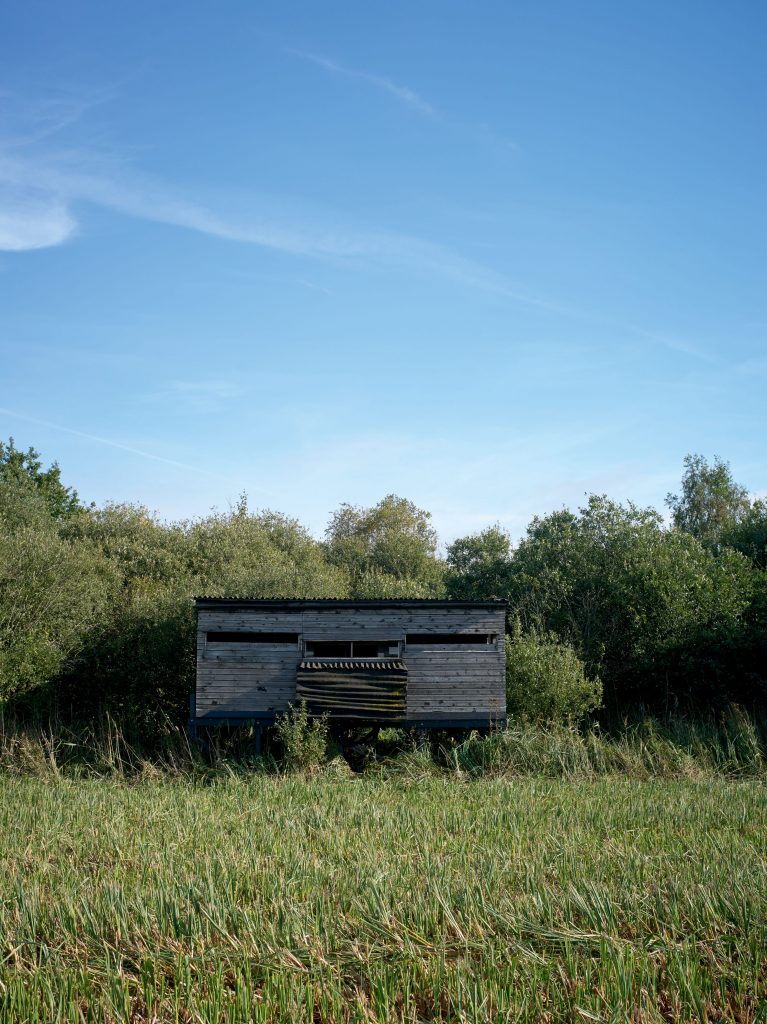
Wicken Fen is home to more than 9,000 species, including hen harriers, sedge warblers and short-eared owls.
The Endangered Landscapes Programme researches and supports large-scale projects that will restore biodiversity and ecosystem processes to landscapes across Europe. And there is no larger project – at least in the UK – than the one they are involved with in the Scottish Highlands, Cairngorms Connect. “Too many of our protected areas are fragmented – and often small. To adapt to climate change, species need to be able to move, but as habitats have become fragmented that is becoming ever more challenging. Large spaces also need less management, being more reliant on natural processes to create a variety of habitats that support species diversity.”
Andrew Balmford, Professor of Conservation Science, agrees that restoration work is vital, especially in areas such as the UK. “We have lost much of what we had, our woodlands and wetlands. The UK has one of the lowest percentages of natural habitat cover anywhere in the world. But restoration work costs more and takes longer than securing what we still have. And we are still losing high-quality habitats today.”
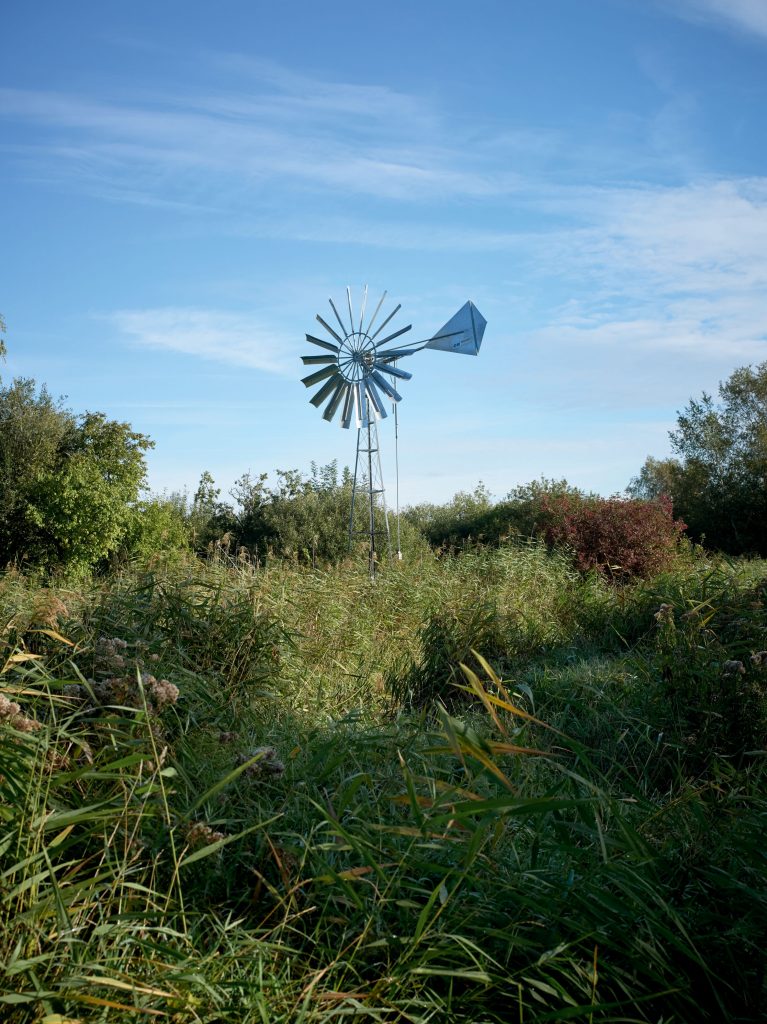
Clean, calcareous water is raised from Monk’s Lode, keeping the deep peat of the Sedge Fen wet.
The central challenge is how to reconcile food production with the need to make space for nature. “For the past 30 years in the UK we have encouraged a ‘wildlife-friendly’ land-sharing approach, attempting to produce food and protect wildlife in the same place. But if we are going to meet our future food demands without relying even more on imports and hence creating greater demand in other countries, then pursuing this approach will mean we have even less space for nature reserves.”
Balmford says there is another way: land-sparing. “We’ve found that species simply cannot cope with living alongside human extraction of resources such as food, timber and fish. In the second approach, some space is assigned to high-yield farming, which means other space can be left entirely to nature. It turns out that the vast majority of species prefer it that way.”

This medieval channel, created to control flooding of rich fen pasture, provides a vital freshwater habitat.
Some of this work has been led by students and colleagues from Brazil and India, and the team has worked in Ghana, Kazakhstan and Mexico too, as well as closer to home. “Across Europe, people have cleared large areas of land and domesticated the ecological processes – flash floods, fires, avalanches and disturbance by large herbivores – that maintain high levels of diversity in natural habitats. Many species rely on such disturbances,” says Balmford.
The Cambridge group’s work suggests that in present-day European landscapes these disturbances can be mimicked by certain traditional farming practices – a third type of land use that ensures the needs of almost all species can be met alongside food demand. “In the UK, we are already considering paying farmers to provide those things that the market doesn’t provide for, such as protection against flooding and the preservation of biodiversity. But we also need to see high-yield farmers as part of the solution, because their productivity is key to making space for nature elsewhere on the landscape.”
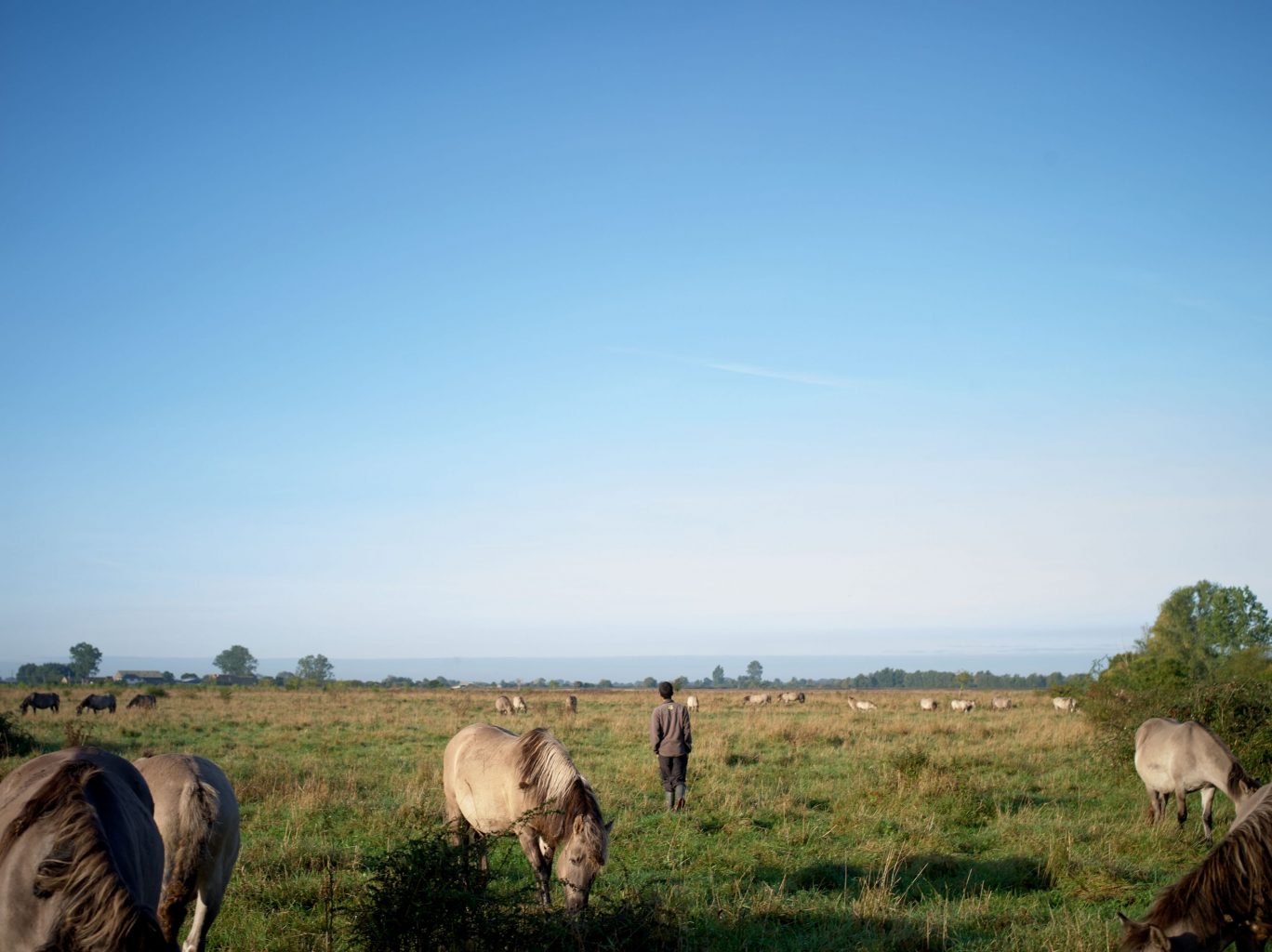
Free-roaming, grazing animals, such as Konik ponies, are essential to influence developing vegetation at Wicken Fen.
For Dr Lynn Dicks, a change in agricultural practices is key to reducing the negative impacts of that activity. Working in the Department of Zoology, Dicks leads the Agroecology Research group, where much of her research concentrates on wild pollinators. She believes that we need to recognise that wildlife is important to production. “The process of protecting wildlife within farmland need not drive destruction of natural habitats elsewhere. Some agro-ecological approaches to farming lead to lower yields per unit area, so larger areas of land may be required to produce the same amount of food. We are looking for ways to make productive farms more diverse and wildlife-friendly, without that compromise.”
Ownership of a project has to start with the involvement of the community – restoration is a long-term commitment of land and resources and a deeply emotional process
She and her team are involved in the ‘Healthy soil, Healthy food and Healthy people’ (H3) project, which for the first time has introduced experts in public health to work alongside ecologists in reshaping the UK’s food system. “The farming community realises their reliance on synthetic fertiliser is not sustainable. With regenerative agriculture, they are borrowing from some of the old systems of diverse crop mixes, continuous cover and integrated livestock.” Dicks also works closely with researchers in Chile and Brazil, who are leading work with commercial fruit farmers that export fresh produce to Europe. Together, they are testing methods to enhance wildlife on these farms, without compromising on yield or quality.
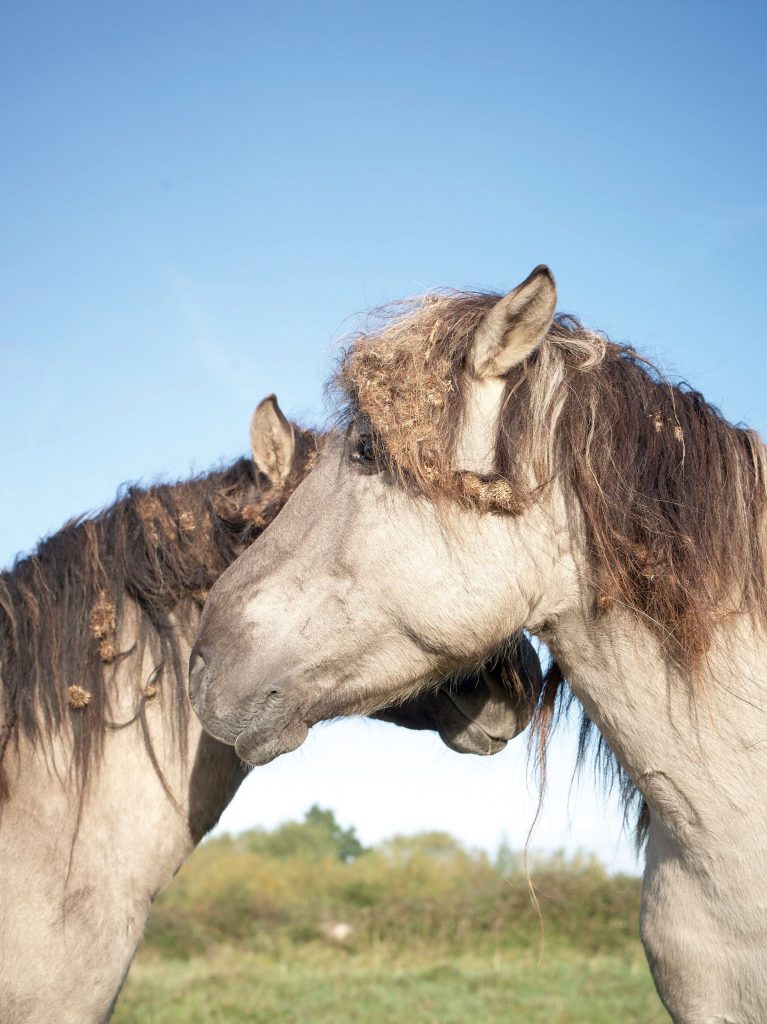
Working with a cluster of farmers in Cambridgeshire and the South Downs has also been an immensely positive experience for Dicks. And such local projects are the way forward, says Dr Mike Maunder, CCI Executive Director. “Ownership of a project has to start on the ground, with the involvement of the community – restoration is a long-term commitment of land and resources and a deeply emotional process for a community. There has been an amazing transition in scale since the 1980s when I started working in ecological restoration.” Today there is a global commitment to restoring one billion hectares, with the global Bonn Challenge alone committed to restoring 350 million hectares by 2030.
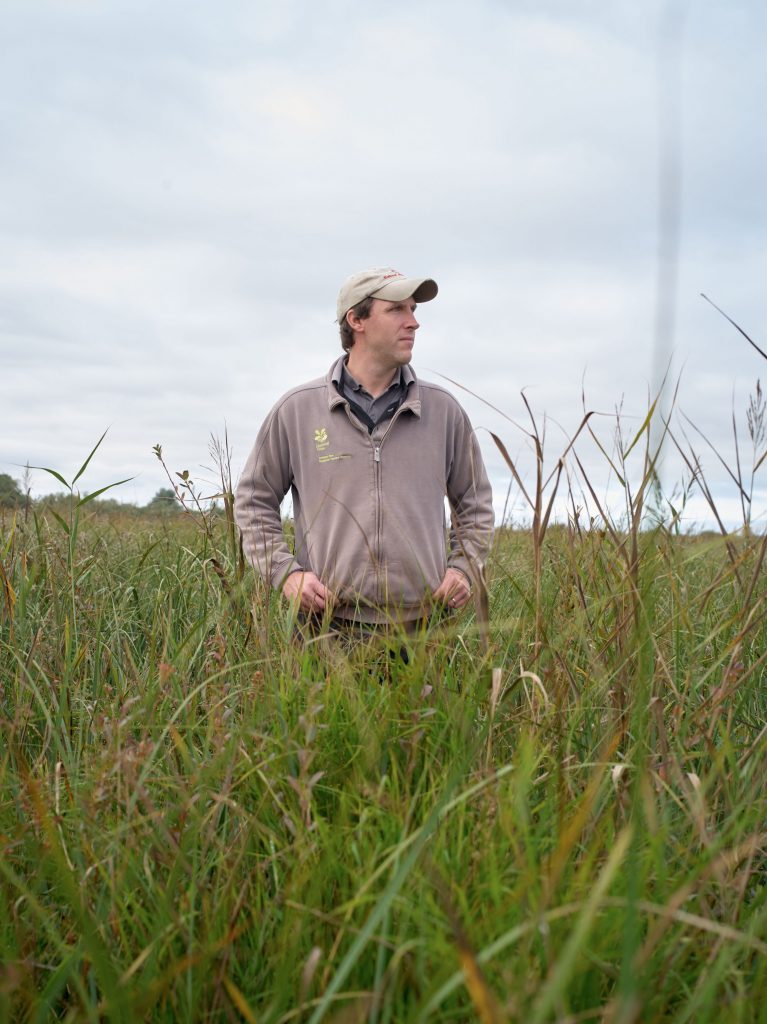
National Trust ranger John among Saw Sedge, which is cut on a four-year rotation. The resulting piles of cut vegetation create a unique habitat for many invertebrates.
CCI represents the world’s largest aggregation of conservation organisations, and Maunder has seen rapid change. “Restoration has become mainstream as a response to the dual challenges of species extinction and climate change. The magnitude of loss is such that we need to urgently protect what survives and build around those wild areas extensive networks of restored landscapes.”
Advances in technology have helped. Professor David Coomes, Head of the Forest Ecology and Conservation Group in the Department of Plant Sciences, says Earth-observation satellites and cloud-computing resources have revolutionised his team’s efforts. “We use remote sensing technologies to track changes in forests around the world. Lidar (light detection and ranging) is proving particularly valuable as it builds 3D pictures of forest height from which carbon storage can be monitored.” Using hyper-spectral imagery, he and his team can now measure the level of nutrients in the canopy and judge the success of regenerative forestry projects.
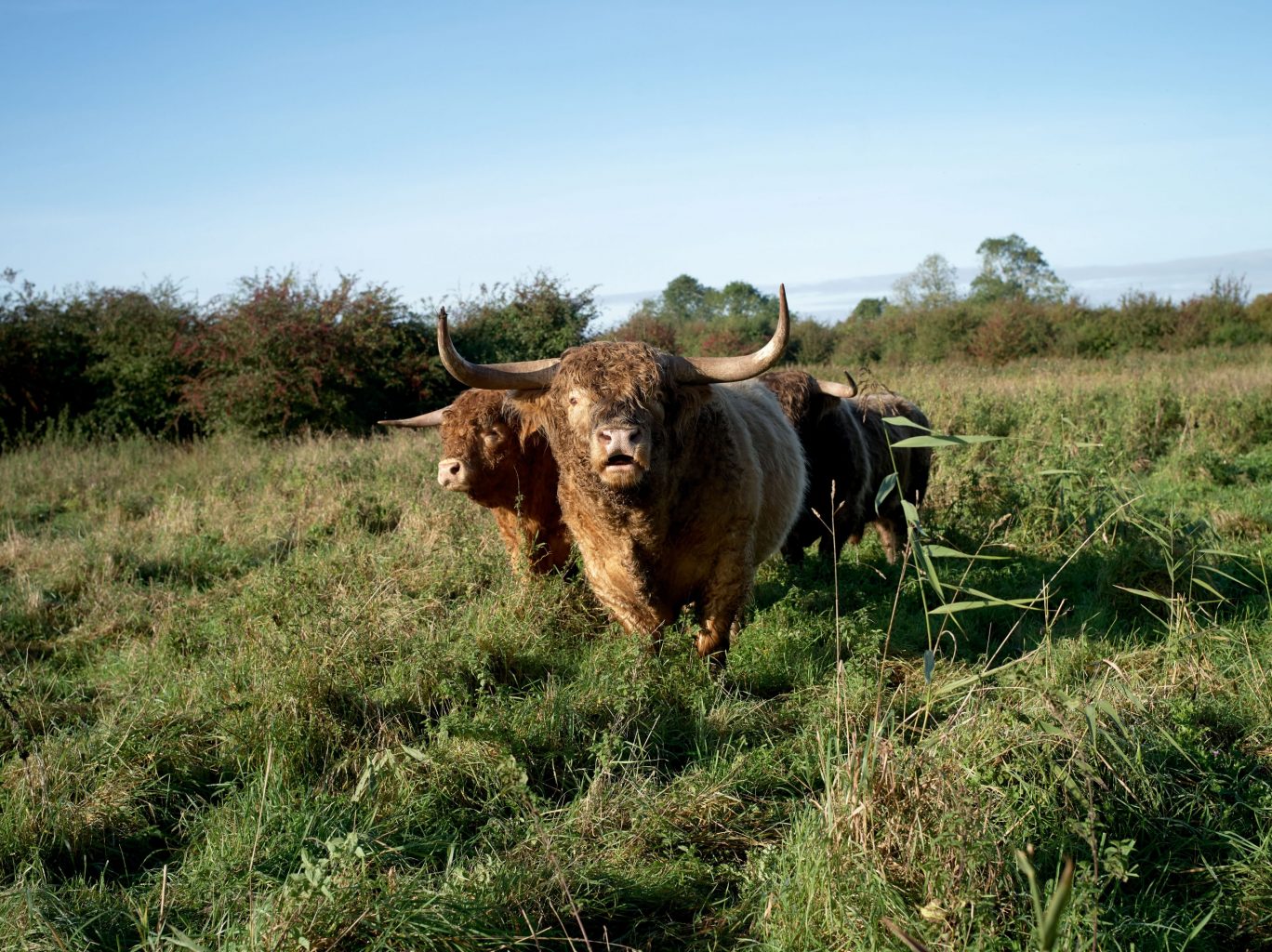
Cattle use the landscape in different ways to the Konik ponies, creating diverse and dynamic habitats.
“Working out where deforestation has occurred is now routine from satellite imagery, but what has not been possible until recently is measuring the degree of carbon in the forest on a larger scale. Such measurements underpin the programme for carbon trading offset, and we are working hard to come up with solutions that bring together open-access satellite data from multiple sources.”
Coomes takes heart that the services of ecosystems to humanity are starting to be recognised. “Palm oil is a valuable commodity. But carbon storage is now known to be an important aspect of the forest. If we can effectively measure its contribution to climate change mitigation, then we can make the monetary argument to protect it.”
As Mike Maunder puts it, “Ecological restoration is an ambiguous term. While it is about returning the processes, abundance and diversity of nature, it is also about future-proofing society against extreme events linked to climate change, and supporting livelihoods, security and business. We are creating the conservation landscapes of the next 100 years, regenerative landscapes where both nature and society can thrive.”
Wicken Fen
As Britain’s oldest nature reserve, a rare example of surviving undrained fenland, Wicken Fen has been the focus of ecological studies by University researchers for at least a century – from the pioneering pollen analysis and vegetation studies of Sir Harry Godwin (Clare) in the 1920s and 30s to long-running investigations of cuckoo behaviour by Professor Nick Davies (Pembroke) – as well as providing a rich training ground for generations of Cambridge students of ecology and geography. In 1999, the National Trust launched its Vision project to create a diverse landscape for wildlife and people, restoring natural processes and carefully managing water and grazing to allow the land to evolve a range of habitats for a wide variety of wildlife.
Edited by ecologist Laurie Friday (Clare 1974), Wicken Fen: The Making of a Wetland Nature Reserve tells the story of Wicken Fen and sets the scene for the landscape restoration project.

